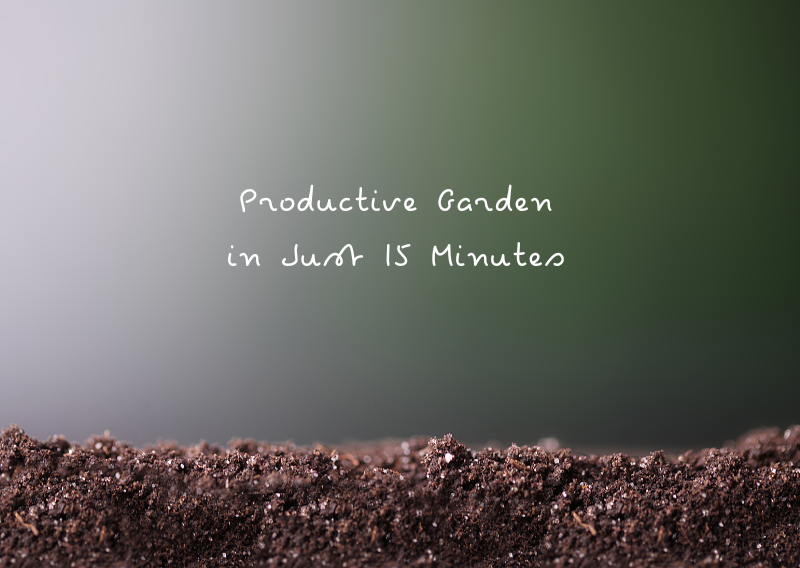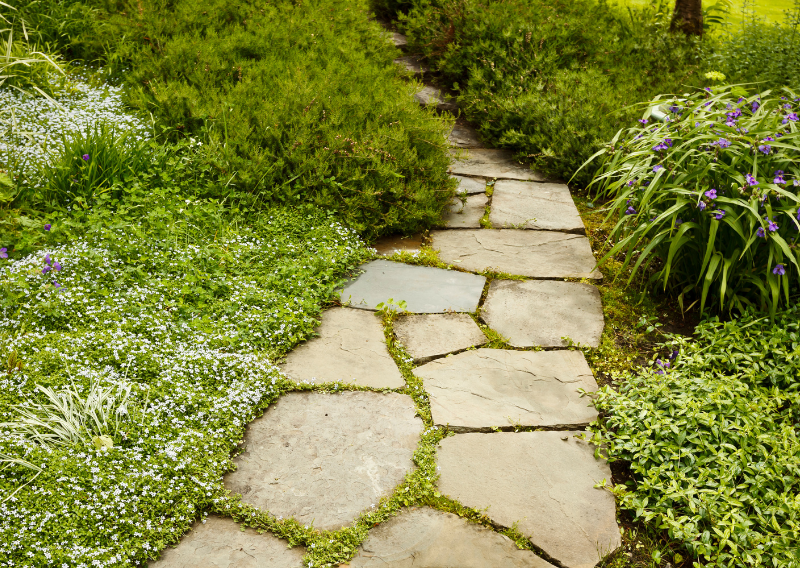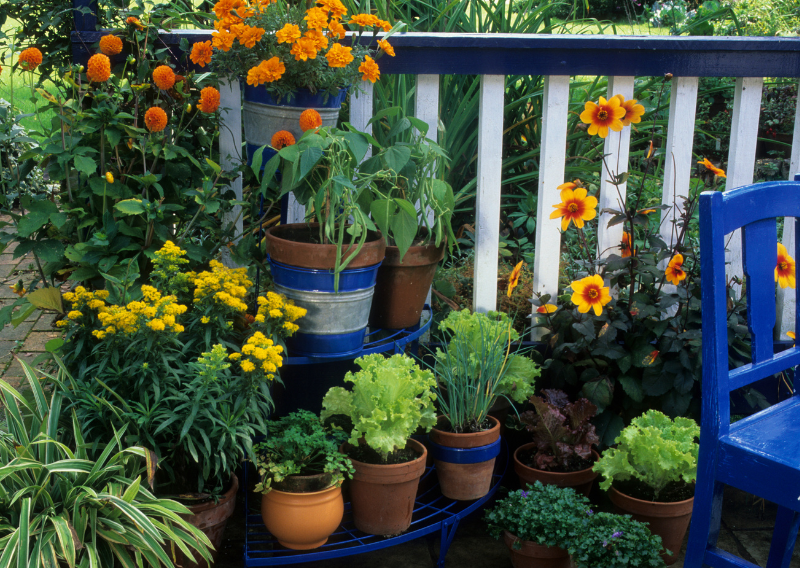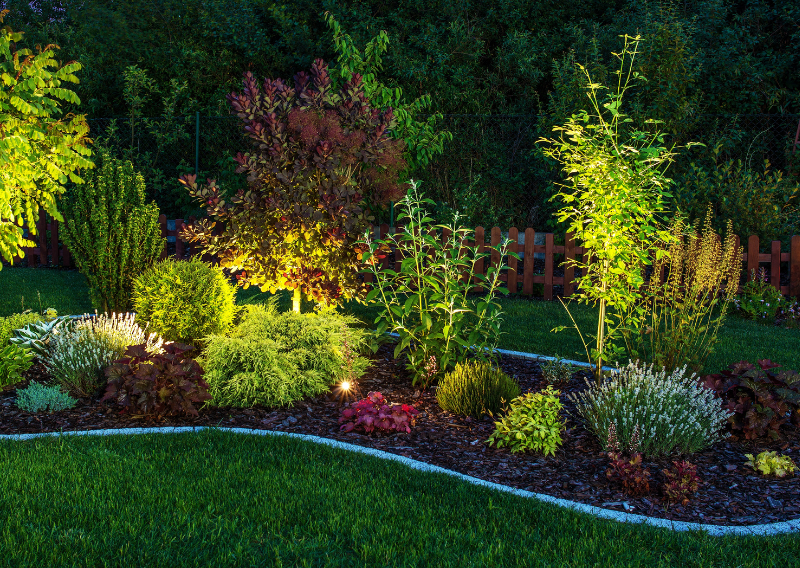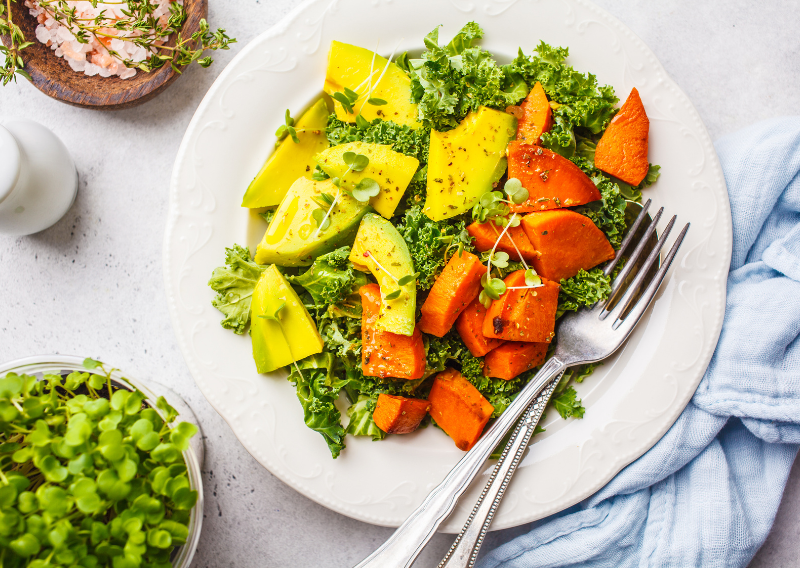
Tips and Tricks To Grow Your Own Food: An Easy Way For A Homegrown Diet
Imagine preparing a meal with ingredients that you have grown from seed to harvest, including crisp lettuce, juicy tomatoes, and fragrant herbs, all of which are grown directly outside your door. Farmers and individuals with large backyards are not the only ones who envision a homegrown diet, in which fresh produce is readily accessible. Anyone can enjoy the flavor and advantages of homegrown food with a minimal amount of time, effort, and even a small plot of soil or a few containers on a balcony. This method of eating enhances the flavor of your meals, provides a substantial nutritional boost, and enhances the personal and thrilling experience of mealtime.
But a homegrown diet isn’t just about food. It helps you get back in touch with nature, eat better, and live in a way that is better for you, the earth, and your pocket. Not only does growing some of your own food guarantee that it is chemical-free and fresh, but it also saves you money on food, lowers your carbon footprint, and gives you a pastime to enjoy. A homegrown diet can provide all that and more whether your interests are in enhancing your diet, helping to create a better planet, or just in discovering the pleasures of gardening. In this article, we’ll dive into the many ways a homegrown diet can enrich your life and why this sustainable lifestyle is worth the effort.


A Fresh Approach to Nutrition
One of the biggest draws of a homegrown diet is the nutritional boost it brings to your meals. Produce bought at a grocery store often travels long distances, sometimes weeks from farm to shelf. This journey inevitably reduces the nutritional value of the food, especially delicate vitamins like C and B-complex, which degrade over time. With a homegrown diet, you harvest and eat your food at its peak ripeness, ensuring it’s packed with all the nutrients intended by nature.
Why It Matters:
- Higher Nutrient Levels: Freshly picked veggies and fruits are richer in vitamins, minerals, and antioxidants compared to store-bought produce.
- Improved Flavor and Texture: Homegrown foods are picked when they’re naturally ripe, enhancing both their taste and texture. If you’ve ever tasted a tomato picked straight from the vine, you know it’s a world away from its grocery-store counterparts.
- Freedom from Chemicals: When you grow your own food, you control what goes into it. You can avoid pesticides, synthetic fertilizers, and wax coatings, which are often used to preserve supermarket produce for transport and shelf life.
Environmental Impact: A Green Choice
Eating food that you grow yourself is not only better for you, but it’s also better for the environment. Modern farming uses a lot of energy and resources, from the fuel used for long-distance shipping to the chemicals and packaging needed to get food to people who want it to look fresh. By growing your own food, you can skip a lot of this system that uses a lot of resources. This lowers your carbon footprint and makes the world healthier.
Here’s How It Helps:
- Reduced Food Miles: The distance your food travels from garden to plate is practically zero, which translates to a lower carbon footprint.
- Less Plastic Waste: Homegrown produce eliminates the need for single-use plastics like bags, wraps, and containers commonly found in grocery stores.
- Preserving Soil Health: Small-scale gardening allows for sustainable practices that enrich rather than deplete the soil. Techniques like composting, crop rotation, and using natural fertilizers keep soil ecosystems healthy, supporting biodiversity.
Financial Savings with a Homegrown Diet
While the initial costs of starting a garden can include seeds, soil, and perhaps a few tools, the long-term financial savings are impressive. Herbs alone can be a budget-buster at the grocery store, yet they’re some of the easiest and fastest crops to grow at home. As your homegrown diet expands, you’ll find yourself buying less and less produce, saving money on every trip to the store.
Quick Financial Wins:
- Year-Round Herbs: Growing kitchen staples like basil, mint, and parsley means you’ll always have fresh flavors on hand without paying premium prices.
- Seasonal Vegetables: Lettuce, spinach, tomatoes, and peppers are cost-effective to grow and yield high harvests, cutting down on frequent produce purchases.
- Bulk Savings: Over time, the investment you make in growing your own food is repaid many times over, especially as you learn to preserve foods for later use through methods like freezing, drying, or canning.
Health Benefits Beyond the Plate
Shifting to a homemade diet isn’t just about the food; it’s also very good for your mental and physical health. Gardening has been shown to boost happiness, lower stress, and help people concentrate better. The physical action of taking care of plants can help you stay fit, and growing your own food can give you a sense of purpose and community.
Health Gains:
- Physical Activity: Taking care of a garden is a moderate form of exercise that can help your flexibility, strength, and stamina. Many different muscles are used when gardening, from bending to pick weeds to moving watering cans.
- Mental Wellness: Gardening is known to reduce anxiety and improve mood. It’s grounding, rewarding, and a natural way to reduce stress. Studies have even shown that spending time in green spaces can improve focus and reduce symptoms of depression.
- Better Eating Habits: A diet based on foods grown in the area helps people eat better. When you have a lot of fresh, tasty vegetables on hand, you’re more likely to add them to your meals, which leads to a healthier diet generally.
Deepening Your Connection to Food
Connecting deeply with the food you eat is one of the less obvious but very satisfying benefits of a homegrown diet. From planting seeds to harvesting food, you need to be patient, aware, and careful. By making you feel proud of what you eat and grateful for the work that went into making it, this process changes the way you think about meals.
Personal Benefits:
- Mindful Eating: When you’ve grown the food yourself, every bite feels more meaningful, encouraging slower, more appreciative meals.
- Waste Reduction: When you know how much work it takes to grow your own food naturally, you are less likely to throw away food. Instead of letting food go bad, you’ll be more likely to store it, share it, or find clever ways to use it up.
- Learning and Growth: You learn something new about yourself, your crops, and even the weather every time you plant. This circle of learning makes the homegrown experience better and more interesting every year.
The Community Connection: A New Kind of Sharing
It’s easier to meet new people when you grow your own food. A homegrown diet builds community by letting people share extra food with neighbors and friends and trade gardening tips with other farmers. A lot of people are motivated to join community gardens, seed swaps, or neighborhood garden groups. This creates a network of people who are all working toward living more sustainably.
Ways to Build Connections:
- Swapping and Sharing: Many gardeners love to share their bounty, exchanging veggies, herbs, and fruits with neighbors. This sharing culture fosters stronger community bonds.
- Garden Groups and Clubs: Many cities and towns have groups or clubs where gardeners share advice, swap seeds, and learn from each other’s experiences.
- Supporting Local Initiatives: Community gardens and urban farms offer people a way to access fresh food and connect with others who share a passion for sustainable, local food sources.
Homegrown Diet as a Lifestyle
Going on a homegrown diet isn’t just a choice of food; it’s a change in how you live. It tells us to take things more slowly, enjoy the natural curves of growth, and plan our days more carefully. It gives you power over your food sources and helps you become self-sufficient. Plus, this diet supports eating in line with the seasons, which lets you enjoy fruits and vegetables at their best and helps you get better at cooking and be more creative.
As you get used to this way of life, you’ll probably start trying out new recipes, ways to keep food fresh like cooking and fermenting, and maybe even plant-based foods you hadn’t thought of before. The homemade diet can make people want to live a simpler, more mindful life in general.
You don’t have to grow all of your own food or become completely self-sufficient to adopt a homemade diet. What matters is that you make a change, even if it’s just a few pots of herbs to begin with. Growing your own food is a good idea because it is good for your health, saves money, has a positive effect on the environment, and gives you a feeling of pride. You’ll eat healthier, fresher food, have less of an effect on the environment, and maybe even get other people to join you.
That being said, a homegrown diet is a satisfying, long-lasting, and tasty way to improve your diet, save money, or just try something new. Plant a seed as your first action, and see how it changes the way you eat.

